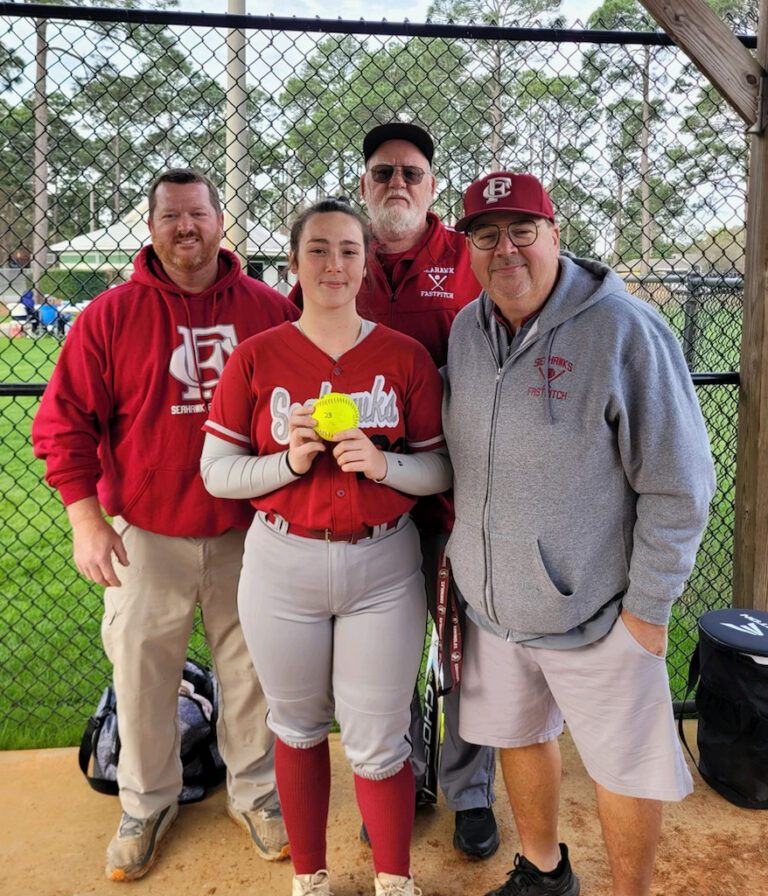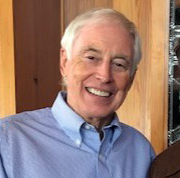Legacy Post Disclaimer
This is a #Legacy post imported from The Apalachicola Time’s previous platform. If you’re experiencing issues with this article, please email us at news@nevespublishing.com.
Apalachicola seeks to toughen height restriction
For the past four years, Apalachicola resident Bobby Miller has pushed for the city to set in even stronger stone its existing rules that restrict buildings to no more than 35 feet high.
At a workshop Wednesday afternoon, Feb. 23, city commissioners agreed to further toughen the rules, with the only question remaining how to do it.
By a unanimous votes, they tasked City Attorney Dan Hartman with gathering comments, both from commissioners and the general public, that he will use to list the pros and cons of the two options being considered.
Either to tighten the language of the five-year-old ordinance, or to do what Miller has sought and place a referendum before voters that, if adopted, would put an enormous damper on ability of any future commissions to relax the height restriction.
“If we can keep Apalachicola Old Florida as long as we can, it will become more valuable than anywhere else,” Miller told commissioners. “I like the idea of leaving it up to the people, but I’m not opposed to other methods of accomplishing this.”
Hartman opened the workshop by outlining what would be required to add tougher language to the existing 2017 building height ordinance, or to put on the ballot, either this November or in the city elections in 2023, a referendum offering voters a chance to adopt “a plain, straightforward statement” on height restrictions.
“It’s not expected to be something a person needs a law degree to figure out,” he said.
“All (proposals) have pluses and minuses to them,” he said. “The referendum would involve the most permanent change and leaves the least discretion to the commission. If you change the existing ordinance, that could be more easily changed (in the future) than a referendum. There’s more room in an ordinance to accommodate different situations.”
The 2017 ordinance defined building height as the vertical distance from “either the highest existing, or pre-development, grade of the property at the front center of a building, or the crown of the road adjacent to the front of a building (whichever is higher in elevation) to the structure’s highest point of the roof.”
The ordinance allows only two exceptions – to rebuild historic buildings to their original height in the event they are destroyed, provided they are a replica; and to go no more than three feet above the 35-foot limit when it involves structural elements such as chimneys, parapets, cooling towers, elevator bulkheads, and the like, provided they are approved by the Architectural Review Board.
Adriane Elliott was the first city commissioner to speak, and she offered full-throated support for a referendum.
“I’ve always been a big proponent of that,” she said, noting she has heard the developers of the former Boss Oyster – Rainbow Inn site on the Apalachicola River have expressed concern that tighter rules could hamper their development plans.
“I don’t think that’s a good reason to compromise the integrity and soul of the community,” Elliott said, noting that she supported the referendum because it ensured future commissions couldn’t undo a tougher height policy.
“With money, it’s only a matter of time before someone tries to buy a commissioner,” she said.
Commissioner Despina George described the height limit as “a rare issue that everybody is in agreement, that they want to maintain and strengthen our position. I’m interested in what the public has to say.
“We have a good code to protect the height restriction,” she said, noting that it would take four votes from the board of adjustment to secure a variance.
“You have to demonstrate hardship,” George said, “If they follow that, it’s difficult to get a variance.”
Miller reiterated to commissioners his concern about potential changes in the city’s political dynamics
“We’ve changed mayors three times in three years,” he said, noting that development pressures are coming in from outside. “Things are changing, it’s fluid.”
Miller said once Apalachicola has embarked on its plans, he plans to approach the county commission to adopt a tougher set of rules.
“I’ve gotten a wink and a nod from county commissioners so far,” he said.
In his comments to commissioner, Apalachicola resident Pete Whitesell first raised an issue that will become part of Hartman’s report, that a referendum could open the door to legal challenges and limit citizens’ ability to be heard in the courts regarding height restrictions.
“There is no silver bullet for protecting the historic district,” said Whitesell. “The best way is to enhance the city ordinances we have now.”
Al Ingle, chairman of planning and zoning, agreed, and sounded a note of alarm that it is the quality of life for residents that is at stake.
“We need to strengthen what we have and prevent people (who) are going to make a lot of money and then they’re going to leave,” he said. “It’s coming from the east and it’s coming from the west. There are people coming from all over the world. It’s our lives at stake here.”
Apalachicola resident John Alber, an attorney by profession, said he was representing the citizen activist HAPPI (Historic Apalachicola Plat Preservation, Inc.) group, which had been active in opposing the Denton Cove low-income housing project now going up on the site of the former Apalachicola High School.
“The land development code is quite protective if the board of adjustment and commission abide by the law,” he said, noting that he supported “incremental additions” to fortify the 35-foot height limit.
“Referendums appear strong but as we know from other states, referendums can cause unintended consequences,” Alber said. “For example, it can suggest to developers that it’s possible they can have one too. Developers with money can sway a lot of people in the community.
“We don’t oppose a referendum but suggest we look carefully at (consequences),” he said. “We already have a very strong protective mechanism in place right now.”





Meet the Editor
David Adlerstein, The Apalachicola Times’ digital editor, started with the news outlet in January 2002 as a reporter.
Prior to then, David Adlerstein began as a newspaperman with a small Boston weekly, after graduating magna cum laude from Brandeis University in Waltham, Massachusetts. He later edited the weekly Bellville Times, and as business reporter for the daily Marion Star, both not far from his hometown of Columbus, Ohio.
In 1995, he moved to South Florida, and worked as a business reporter and editor of Medical Business newspaper. In Jan. 2002, he began with the Apalachicola Times, first as reporter and later as editor, and in Oct. 2020, also began editing the Port St. Joe Star.